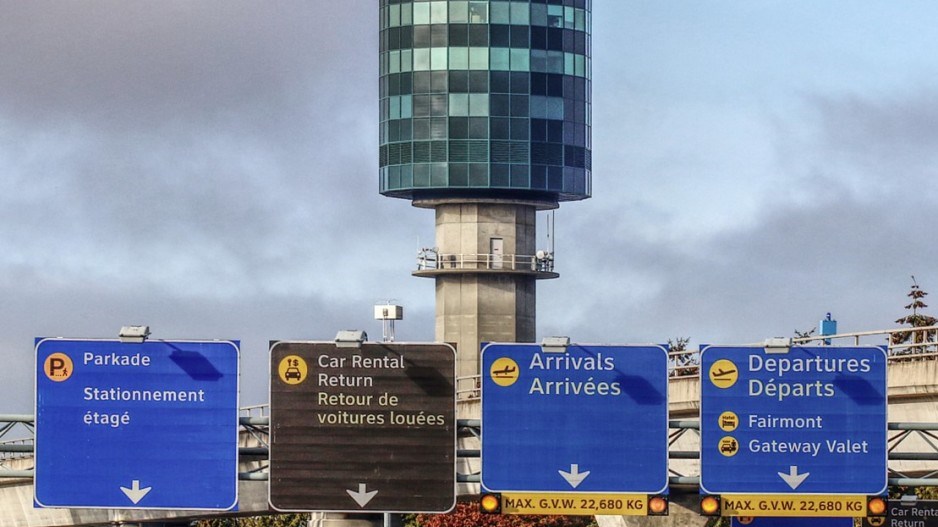Cross-border and other travel to Canada is on the rise but it has yet to eclipse levels seen pre-pandemic, according to new Statistics Canada data.
The nation's number cruncher today released data showing that both American and Canadian residents crossed the border less frequently in January than they did in the same month in 2020, before the COVID-19 pandemic virtually shut the border.
While the 573,400 U.S.-resident trips to Canada by automobile in January was nearly 1.4-per-cent more than the 565,684 such trips made in January 2023, the number pales in comparison to the 726,222 such trips made in January 2020. That robust January saw nearly 26.7 per cent more U.S.-resident trips to Canada by automobile than were seen last month.
The same trend is evident among returning Canadians. There were 1,555,649 Canadian-resident return trips from the U.S. by automobile in January, up nearly 11.5 per cent, compared with January 2023, but down more than 7.4 per cent from January 2020.
Air travel data may be less accurate because primary inspection kiosks (PIKs), which calculate the data, were not installed at the Toronto Pearson International Airport's Terminal 1 until 2021. When that terminal's traffic is omitted, to provide an apples-to-apples comparison, it shows that more Canadians are returning to the country from trips abroad than pre-pandemic.
There were 1,506,089 Canadian residents who returned to the country by commercial aircraft in January, or more than 13.3-per-cent more than the 1,329,027 who did that in January 2023. The number of returning Canadian residents by air last month was also about 3.5-per-cent more than the 1,454,857 Canadian residents who did that in January 2020.
The number of non-resident trips to Canada by commercial aircraft remains below the level seen pre-pandemic.
There were 336,740 non-resident trips to Canada in January, excluding Toronto Pearson International Airport's Terminal 1. That is down by 88,663 passengers, or 20.8 per cent, compared with January 2020.
The reason more Canadians are flying today is likely because the cost of making short flights has gone down, thanks to ultra-low-cost carriers, Flair Airlines CEO Stephen Jones said on a video-call with media Feb. 8.
The overall passenger count at Vancouver International Airport finally exceeded its pre-pandemic level for an equivalent month in October, and then followed that up by also seeing more passengers in November than in November 2019. New data from the Vancouver Airport Authority (VAA) for December show that the airport failed to again surpass its equivalent monthly passenger count. The airport welcomed 2,031,093 passengers in December, down 5.7 per cent from the 2,155,151 passengers in December 2019. Those passenger counts include people on domestic and on international flights.
The VAA today said that it expects an average of 63,536 passengers per day this week, or between Feb. 12 and Feb. 18. That compares with an average of 65,643 passengers per day in the same week in 2019, or 3.2-per-cent fewer travellers.





